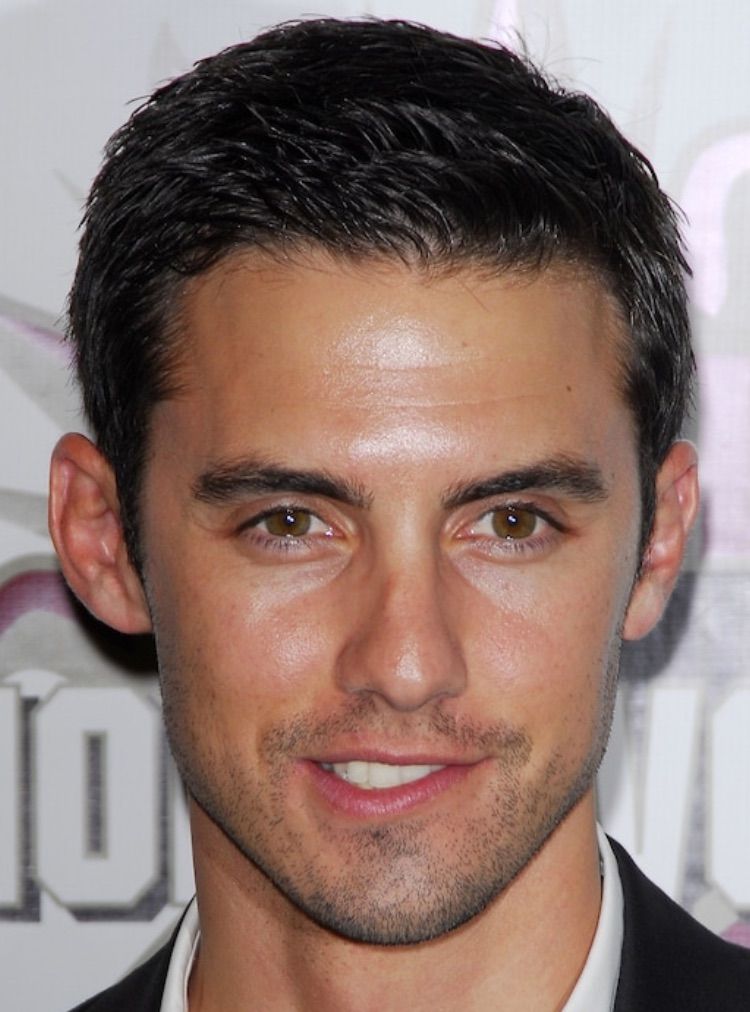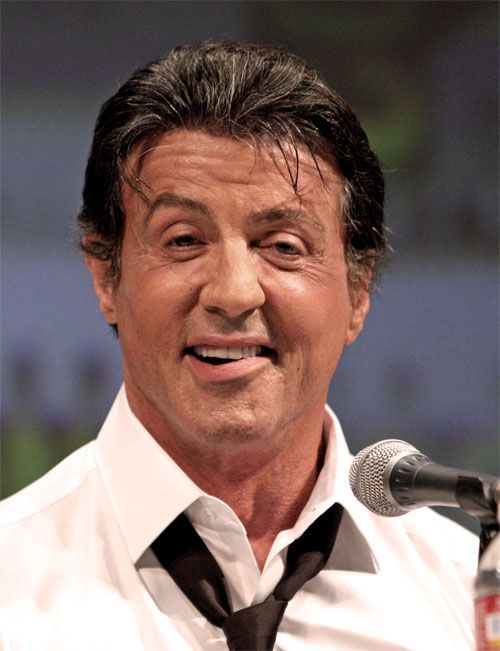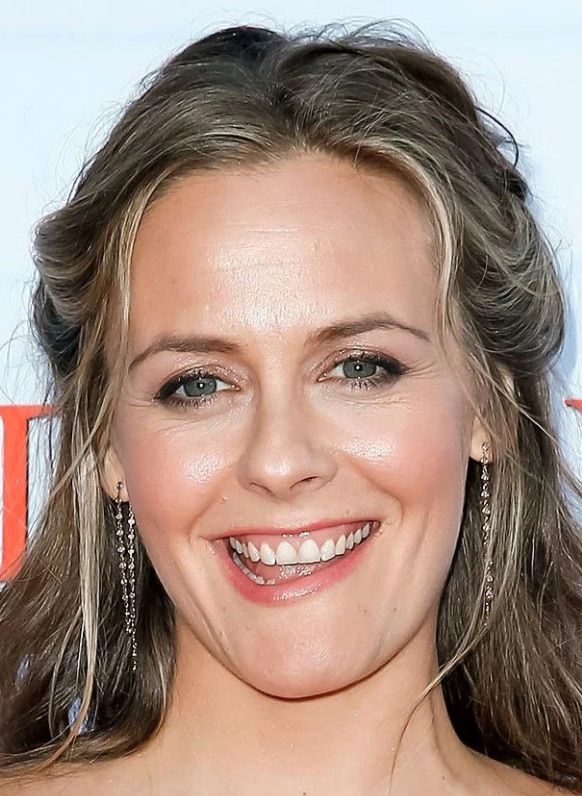Elon Musk: The Smile Difference Confirmed
Elon Musk recently admitted in his Saturday Night Live appearance that he was diagnosed with Asperger syndrome. How does his face line up with my Smile Difference theories, which suggest that autism and Asperger's are asymmetrical brainstem injuries?
Elon Musk recently admitted in his Saturday Night Live appearance that he was diagnosed with Asperger syndrome. How does his face line up with my Smile Difference theories, which suggest that autism and Asperger's are asymmetrical brainstem injuries?
Here's the entire 17-minute video explaining the Smile Difference if you haven't already seen it.
Recall that Asperger syndrome is, according to my theory, a right-side brain injury. Like other injuries, your body can sometimes heal from such a thing, causing the effects to be less noticeable over time. Unfortunately, the brainstem is an extremely intricate part of your nervous system and if damaged enough, may not be able to heal very much.
I believe that autism and Asperger syndrome are mirror-images of each other. In autism, the left side of the brainstem has more issues, often give rise to creative and artistic individuals. With Asperger syndrome, the right side of the brainstem may be more affected, giving people less ability for abstract thought but granting them more linear, mathematical, rational thinking.

This isn't just a theory—you can easily see it on people's faces. Recall the global warming ambassador, Greta Thunberg, who has said on multiple occasions that she has been diagnosed with Asperger syndrome. She has what we would expect of someone with a right-side brainstem injury—right-sided facial weakness:

This isn't just a smirk, but a bona-fide weakness that shows up whenever you try to smile and don't concentrate on making it even.

So when I heard that Elon Musk said that he had been diagnosed with Asperger's, I was curious if his smiling pictures would line up with my theory. They do. As a reminder, here's what the face of someone with Asperger's should look like, according to my theory.

And here is a young Elon Musk, smiling just as we might expect:

Here's another. Same right-sided facial weakness. Notice the crease—what's called the "nasal-labial fold"—on the left side of his face. See how it's missing on the right?

In this picture, you can tell his eyes don't always point in the same direction, something called strabismus. I would guess his left eye is pointing where he wants it, but the right is not. People with this condition can usually, with effort, direct their eyes in the same direction. If they are tired, towards the end of a long day, it becomes difficult to maintain this alignment and their eyes will revert to their "natural" unaligned state.

Here's a picture of him displaying a common sign of facial weakness, something I call the "droop."

This drooping effect can be the result of injury to the 7th cranial nerve, something you may have seen with other celebrities like Sylvester Stallone, Alicia Silverstone, Katie Couric, and Milo Ventimiglia.




Musk is in good company with Steve Jobs who, along with his first wife, show the same right-sided facial weakness of Asperger syndrome.

This weakness often extends to the sternocleidomastoid muscle used for holding your head upright and causes those with Asperger's to tend to tilt to the right (and vice-versa for those with autism). Curiously, Jobs was left-handed, a rare event particularly given the apparent right-side facial weakness (which crosses over at the point of decussation and causes weakness on the opposite side of the body, below the brain stem).
As I mentioned earlier, these sorts of injuries—if minor—can be overcome with time and/or effort. Many people with asymmetrical weakness can smile perfectly symmetrical if they try hard enough. Daniel Radcliffe can work out an even smile but you can tell (by the absence of the nasal-labial fold) that there is some right-sided weakness.

Elon Musk is a special person, without a doubt. And his face clearly points to a portion of why that may be. If you or someone you love deals with autism or Asperger syndrome, you will no doubt be aware that they have changed the diagnostic criteria for these issues several times. It is my belief that uncovering which side of the brain has been affected is much more valuable in understanding yourself (or someone else) than the autism or Asperger labels. The spectrum is wide, and some are more affected than others. The side of the injury often can explain much more about a person's behavior than the current diagnostic criteria in use today.
If you're interested in this topic, I have two books that cover this line of thinking in more detail. Crooked: Man-made Disease Explained attempts to explain this and many other neurological & autoimmune conditions. It's currently on Amazon & my store.

The other book that covers facial asymmetry and its relation to autism and Asperger is called The Autism Vaccine. It's an incredible story and is also available on Amazon & my store.


